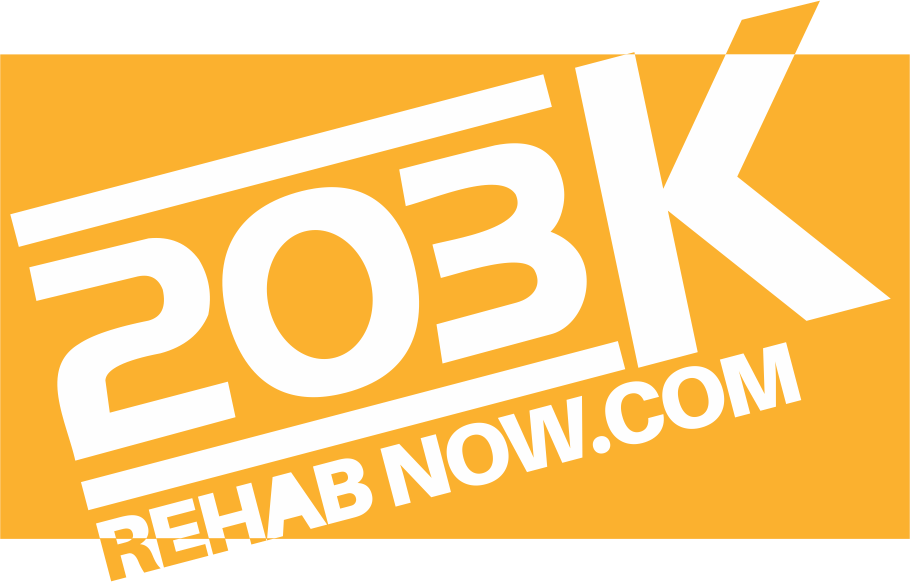
Wondering if you can obtain a VA loan after a bankruptcy is not an unusual question. With the recent economic recession just barely behind us, many veterans and military personnel are now in the position of looking for a new mortgage after having gone through a bankruptcy.
Some of the most common questions asked regarding bankruptcies and VA loans are:
- Can I even get a VA loan after a bankruptcy?
- If so, how long do I have to wait?
- What can I do to increase the likelihood of getting approved for a new VA loan after a bankruptcy?
The good news is that as of today, the VA underwriting guidelines are far more relaxed than the guidelines for conventional or FHA loans.
With that said, let’s now go ahead and take a look at the different types of bankruptcies and how they impact VA loans…
Chapter 7
Chapter 7 bankruptcies are essentially when the borrower is freed of all liability from creditors. VA loan guidelines typically call for a 2 year waiting period after a Chapter 7 bankruptcy before you can receive VA financing again.
We say “typically” because there are extremely rare circumstances in which the 2 year waiting period will be reduced to 1 instead. You would have to be able to show that circumstances beyond your control (such as losing a job or medical problems) were the driving force behind your financial hardship.
This 2 year requirement may seem harsh, but compared to the guidelines for conventional loans that call for a 4 year waiting period, it really is quite reasonable.
Chapter 13
Chapter 13 bankruptcies involve the establishment of a repayment plan instead of being cleared of liability.
Veterans and military personnel can qualify with VA loan guidelines even when they are still in Chapter 13 bankruptcy. However, you will have to show that you have made a minimum of 12 payments on-time and be approved by the court trustee for the loan.
Please note that once the Chapter 13 bankruptcy is complete, veterans are instantly eligible for VA loans again, whereas conventional loan guidelines still require a 2 year waiting period.
Even after you have finished the bankruptcy process, there are still actions you can take to increase your likelihood of qualifying for a VA loan after bankruptcy.
For example:
- Reestablish your credit as soon as possible if you do not have any creditors after the bankruptcy process. Remember, approving a potential borrower with no credit can be just as difficult as approving a borrower with bad credit!
- Once you reestablish credit, be sure to always make payments on time.
- Get in the habit of checking your credit at a minimum of once a year. This will give you an idea of where you stand, especially when you begin shopping for a VA mortgage.
- Upon the discharge of your bankruptcy, send a copy of all your discharge paperwork (including all applicable schedules) to the three credit bureaus: Equifax, Experian, and TransUnion.
